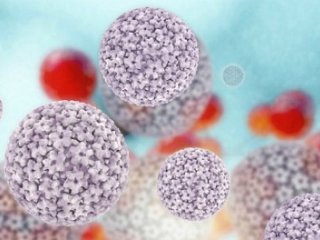WHAT IS HPV

WHAT IS HPV
HPV is a virus. Even more; it is group of more than 100 viruses. Each HPV virus is given a number which is called its HPV type. i.e.: HPV type 1, 2, etc.
HPV is a short for Human Papilloma virus which is transmitted through close skin-to-skin contact. At one end of the spectrum we have the low-risk HPV viruses that give you warts. At the other end, we have the high-risk HPV viruses that can lead to cancer. Most people with HPV do not develop cancer. They are around 12 types of HPV that can cause cancer.
You can get HPV by having vaginal, anal, or oral sex with someone who has the virus. HPV is very common and around 80% men and women get it at some point in their lives. Your immune system may get rid of the virus. But when HPV persists you may develop warts, including genital warts or cancer.
HPV can be passed even when an infected person has no signs or symptoms. Condoms do not fully protect against getting HPV.
Cancers related with HPV virus include cancer of the cervix, vulva, vagina, penis, or anus. HPV infection can also cause cancer in the back of the throat, including the base of the tongue and tonsils.
How to reduce the risk of getting HPV virus?
The risk of HPV infection is higher for people who have had more sexual partners or who started having sex at an earlier age. HPV can be spread either between opposite-sex or same-sex partners.
Practising safer sex by using a barrier method like a condom reduces the risk of passing on genital HPV infections, but it is not completely effective.
A person can have HPV for a number of years without knowing, as it may give you no symptoms. If someone is found to have the infection, it’s not possible to draw any conclusions about how or when they became infected with HPV, or how long they’ve had it for. There is currently no reliable way to test for HPV in men.